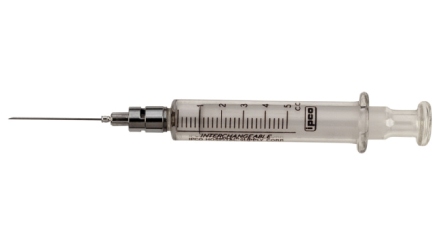Could Your Diabetes Benefit From A Jelly Delivery System?
 A promising class of peptide drugs could improve the wellness of people with diabetes and cancer, but the shortcomings of these drugs has left sufferers of such diseases feeling deflated. However, their wellbeing may be secure after all, as biomedical engineers from Duke University have developed a new delivery system that overcomes these shortcomings.
A promising class of peptide drugs could improve the wellness of people with diabetes and cancer, but the shortcomings of these drugs has left sufferers of such diseases feeling deflated. However, their wellbeing may be secure after all, as biomedical engineers from Duke University have developed a new delivery system that overcomes these shortcomings.
Over 40 peptide drugs have been approved for use in humans and more than 650 are being tested in clinical studies, this includes the hormone insulin, which is a peptide that regulates the metabolism of carbohydrates in your body and can treat your diabetes. However, these drugs fail to reach their full potential because they rapidly degrade in your blood stream and your body clears them rapidly too. This means that you need multiple, frequent injections, and the peptide concentrations in your blood can therefore rise and fall abruptly, which causes unwanted side effects.
Some researchers have tried solving this problem by loading peptide drugs into polymer microspheres that are injected under the skin and slowly degrade to release the peptide drug. However, Ashutosh Chilkoti, Theo Pilkington professor of biomedical engineering in Duke’s Pratt School of Engineering said that as microsphere-release technology comes with many issues related to its manufacture and ease of patient use, ‘We wanted to know if we could create a system that does what the polymer microspheres do, but gets rid of the microspheres and is more patient-friendly’.
Therefore, the team made a ‘fusion protein’ consisting of multiple copies of a peptide drug fused to a body-heat-sensitive polymer. The liquid fusion molecule transforms into a ‘jelly’ when injected under the skin, which enzymes in your skin attack so that the copies of the peptide are freed. This releases the drug in a constant and controllable way over time. The researchers fused glucagon-like peptide-1 (GLP-1), a hormone that regulates the release of insulin, with a genetically engineered heat-sensitive polymer in later experiments, to create the protease-operated depot, or POD, as dubbed by Miriam Amiram, former Chilkoti graduate student and first author on the paper.
Chilkoti commented that ‘Remarkably, a single injection of the GLP-1 POD was able to reduce blood glucose levels in mice for up to five days, which is 120 times longer than an injection of the peptide alone.’ She explained that the potential human applications are huge, as ‘For a patient with type 2 diabetes, it would be much more desirable to inject such a drug once a week or once a month rather than once or twice a day.’ She concluded by adding that ‘this approach avoids the peaks and valleys of drug concentrations that these patients often experience’.


Comments are closed.